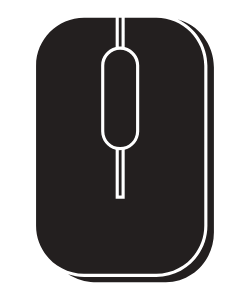
Urban areas around the globe are embracing the newest developments in modern technology by becoming smart cities. These cities integrate sensors and actuators and link them together to collect data. We were intrigued when we first learned about smart cities, so we began doing our own research to discover additional details and we wanted to share this information with others. When you read these articles you'll learn how smart city technology uses the data that's gathered to monitor energy usage in homes and buildings to analyze their energy efficiency. You'll also find out about smart transportation, which entails installing cameras in traffic lights to monitor the flow of traffic. We hope that when you read these and other articles on this site you'll gain a better understanding of smart city technology.
In today's fast-paced digital world, businesses rely heavily on technology to run their operations. From
The use of technology has become an integral part of running a business. It helps streamline day-to-day o
The function of heating, ventilation, and air conditioning (HVAC) in residential settings is vital. HVAC
Regardless of what type of company you're interested in starting, you'll need to set up a network for dev
Data breaches, online fraud, identity theft, and malicious software attacks are common problems businesse
Cellular signals that come from a cell tower can be blocked due to the materials that a building is made of and because of inclement weather. A building that relies heavily upon the use of the internet and voice calls should have a DAS (distributed antenna system) installed. This type of system uses a signal source and a distribution system to provide continuous internet and cell phone coverage.
Safety And Productivity
Many modern businesses rely upon an internet service and cell phone voice call service. These services aid in connecting people with emergency responders, colleagues, customers, family, and friends. If an emergency incident were to occur inside of a building or on its property, an internet or cell phone connection could be critical.
A business that is run efficiently may have access to a distributed antenna system. This type of system retrieves an off-air signal source through an antenna. A transceiver and small cell units work simultaneously with the antenna, to push the signal throughout a building.
Fiber Optics And Various Antenna Devices
Fiber optics are used with a distributed antenna system. Fiber cables can be installed outdoors and indoors. These cables will aid with boosting voice and data speeds. Voice and data coverage can be expanded outdoors or indoors. The size of a building and the permeability of the materials that a structure is constructed of could have a bearing on what type of distributed antenna system is best for the premises.
The antenna types that are typically used to set up a system include active, passive, digital, and hybrid. An active system requires a power source to operate. A passive system has no active components. Fiber active cables are not necessary with the use of this type of system. Electricity is not essential for a passive system to operate.
A digital system performs digital-to-analog and analog-to-digital conversions. This type of distributed system is efficient. A hybrid system uses fiber optic cables and coaxial cables to distribute the signal that is retrieved through a single antenna or a series of antennae. The technology that is utilized within a business should be assessed, prior to being assigned a DAS type that will be suitable for a company's needs.
A DAS system can work with any cell or internet service carrier. The equipment that is used to set up a system will be small in size and will not detract from the aesthetics within a building. In most cases, the antenna or antennae can be positioned on top of a building.
Contact a company like Telnet Inc. to learn more.
Share